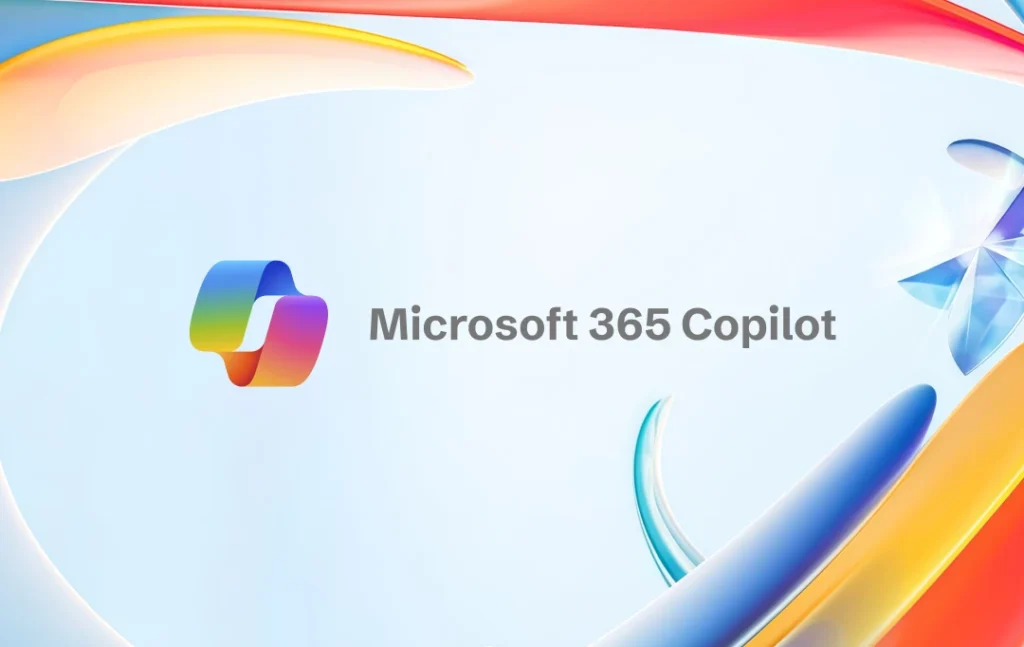Microsoft’s recent integration of Anthropic’s AI models into its Microsoft 365 Copilot suite marks a pivotal moment in the evolution of AI-driven solutions for businesses. The new partnership allows corporate clients to leverage Anthropic models, such as Claude Sonnet 4 and Claude Opus 4.1, alongside OpenAI’s existing offerings. This strategic move not only underscores Microsoft’s commitment to enhancing its Copilot capabilities but also reinvigorates the competitive landscape of AI solutions available to small and medium-sized businesses (SMBs) and automation specialists.
As SMB leaders evaluate technology investments, the strengths and weaknesses of AI platforms must be scrutinized closely. Microsoft 365 Copilot, with its dual model availability, stands out for its adaptability and ease of integration. The incorporation of Anthropic’s technology into features like the Researcher agent provides businesses with robust tools for complex research tasks, promising increased accuracy and efficiency. This multi-faceted approach reduces the need for companies to adopt disparate tools, streamlining workflows and potentially reducing costs associated with training and onboarding multiple systems.
When assessing the ROI of adopting these AI solutions, businesses should consider not only the immediate financial implications but also the long-term strategic advantages they offer. Anthropic’s models excel in deep reasoning tasks, ideal for businesses requiring sophisticated analytical capabilities. For example, Anthropic’s Claude models are reputed for their contextual understanding and ability to engage in complex dialogue, making them particularly suitable for customer relationship management and nuanced data analysis.
Conversely, OpenAI remains a formidable player, particularly in applications that require rapid content generation and conversational AI. The ongoing evolution of OpenAI’s models demonstrates significant progress in output quality and versatility. The choice between these two models ultimately hinges on the specific business objectives. Companies focused on data-heavy sectors may find Anthropic’s offerings more aligned with their needs, while those prioritizing quick and efficient scaling of content functions might lean toward OpenAI.
Cost considerations are also paramount in this evaluation. Microsoft’s Copilot suite operates on a subscription basis, providing predictable pricing structures for businesses looking to manage their budgets effectively. While the introduction of Anthropic’s models may diversify options, companies must analyze whether the costs associated with leveraging these advanced features will yield commensurate benefits. The potential for increased productivity and enhanced decision-making capabilities may offset the investment required to integrate these sophisticated AI tools.
In terms of scalability, Microsoft 365 Copilot offers distinct advantages due to its cloud-based architecture and seamless integration into existing workflows. As businesses grow and evolve, the ability to scale these AI solutions easily becomes a decisive factor. The combination of Anthropic and OpenAI models within Copilot Studio provides a unique opportunity for businesses to tailor their AI deployments, accommodating both current and future needs as their operations expand.
While Microsoft’s move to incorporate Anthropic models marks a significant shift in its AI strategy, it prompts necessary scrutiny of the broader implications for the market. The diversification of AI partnerships indicates a growing recognition that no single model or provider can fully address the diverse requirements of all businesses. For SMBs looking to leverage AI for competitive advantage, this landscape offers both opportunities and challenges.
As firms weigh their options, understanding the landscape of AI collaborations is critical. While Microsoft solidifies its partnership with OpenAI, its engagement with Anthropic enriches the context within which businesses must make decisions regarding AI adoption. The competitive dynamics among AI providers will likely evolve into a marketplace characterized by partnership synergies, enabling businesses to choose solutions that align closely with their operational goals.
A pivotal takeaway for SMB leaders is the necessity of aligning AI investments with specific business strategies. Engaging with multiple AI models allows for a customized approach to addressing unique challenges while optimally leveraging technology investments. Moreover, the scalability of these solutions means that businesses can iterate and refine their AI applications as they grow.
In closing, as the AI landscape becomes increasingly intricate, the opportunity for SMBs to leverage tailored solutions will expand. The strategic choice between models such as those offered by Anthropic and OpenAI is shaped by individual business needs, potential ROI, and the overarching goal of achieving operational excellence.
FlowMind AI Insight: Future success in AI adoption hinges on the ability to adapt solutions to specific business challenges. Leveraging the strengths of multiple models enables companies to develop nuanced approaches, ensuring that their investments translate into tangible outcomes tailored to their evolving operational landscapes.
Original article: Read here
2025-09-25 07:10:00

